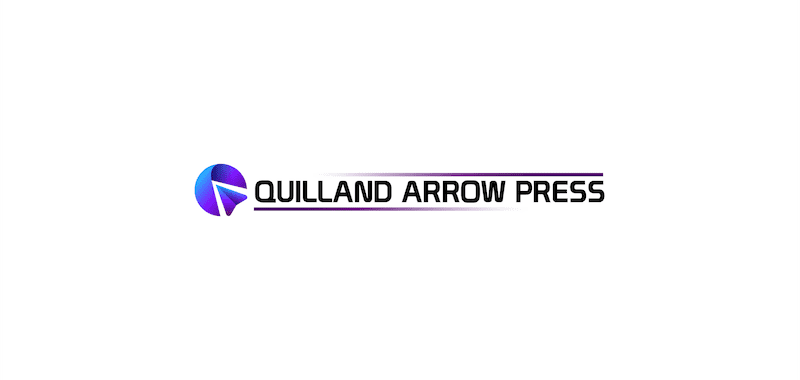Crude oil prices snapped a two-day losing streak on Wednesday that extended into today’s session in Asian midmorning trade supported by growing worry about the state of international affairs in the Middle East.
After dipping below $80 per barrel earlier in the week, Brent crude had earlier today recovered to over $80, with West Texas Intermediate at over $77 per barrel. At the time of writing, the international benchmark was hovering around $80 per barrel.
Although shaky, the rise is worth noting because it comes amid an abundance of bearish factors. The EIA yesterday surprised with a crude oil inventory build for the week to August 9, although it also reported declines in fuel inventories suggesting healthy demand.
China reported lower refinery output for July, lower apparent oil demand, and lower imports of crude—all indicators reinforcing the perception that the world’s largest oil importer is not as thirsty for the commodity as it used to be.
“The data doesn’t look great,” Warren Patterson, head of commodities strategy for ING said as quoted by Bloomberg. “It only reinforces the demand concerns that have been lingering in the market for a while, and with China expected to make up almost 60% of global demand growth this year, these worries are unlikely to disappear anytime soon.”
At the same time, however, prices received support from renewed hopes of a rate cut in the U.S. down the road before the end of the year. The hopes came after the release of consumer inflation data, which showed prices inched up modestly in July.
The biggest bullish factor for oil, though, remains Middle Eastern geopolitics. Worry about a broader war in the region grew last week after Iran vowed retaliation against Israel for the killing of the leader of Hamas in Tehran but since then Iran has been biding its time, keeping everyone on edge.
“Geopolitical risk continues to hang over the oil market. It is still unclear how and if Iran will retaliate against Israel following the assassination of the political leader of Hamas on Iranian soil. This uncertainty has led to increased options trading activity with market participants wanting to protect themselves from significant upside,” ING’s Patterson and Ewa Manthey said in a note earlier today.
By Irina Slav for Oilprice.com

